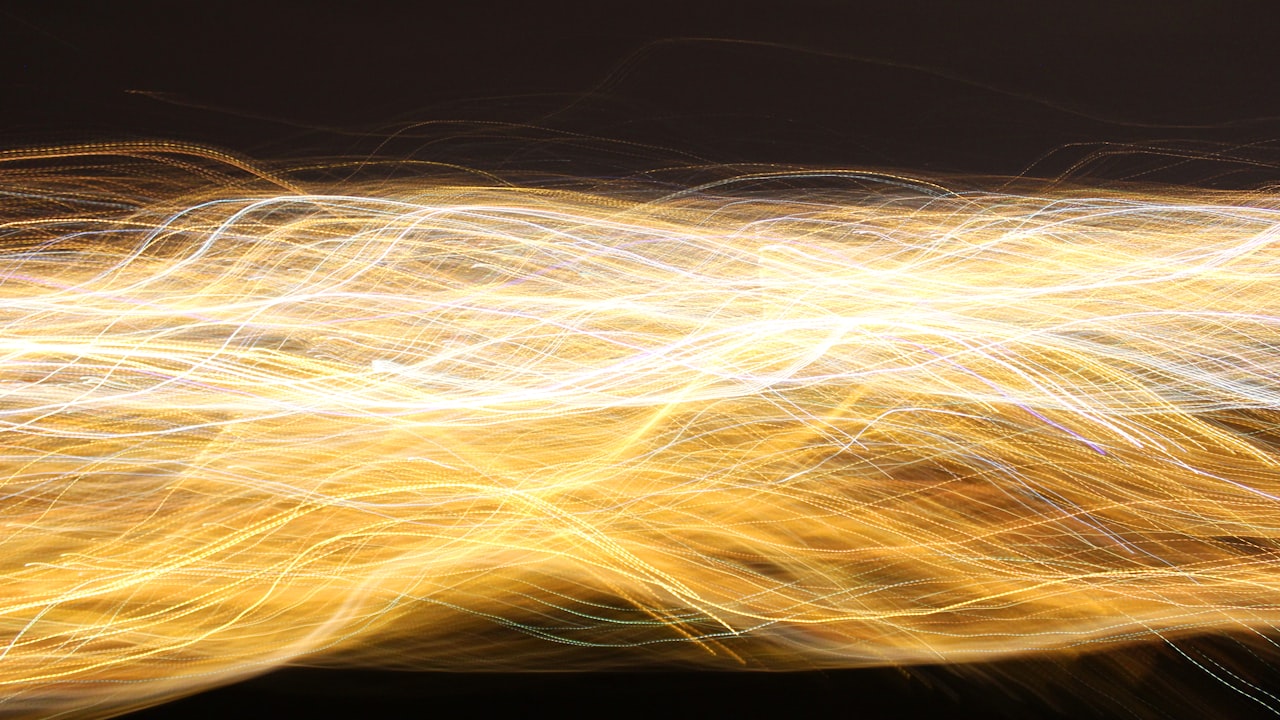Incandescent light bulbs have been the standard lighting option for over 100 years since Thomas Edison first developed the technology in 1879, they’re showing their age against more efficient and modern light sources like LEDs and CFLs.
Even though incandescent luminaire is being phased out due to the energy issues, they’re still the most common household light bulb in the United States—60% of households still use them! So, with that in mind, it may be helpful to know exactly how good incandescent light bulbs are.
Let’s find out!
How Do Incandescent Light Bulbs Work?
When an electric current runs through a filament in an incandescent light bulb, it heats up and starts to glow. The idea is to burn tungsten filament, which creates incandescence which is nothing but heat on a display. The heat produces light so that incandescent material can light up the room. As far as there is material to heat up, the lighting continues, and it finishes once the filament is completely burnt out. Note that this process generates notable heat.
So, if you plan to replace your LEDs with incandescence bulbs, keep the heat factor in mind.
Why Incandescent Light Bulbs Are Useful? And Where You Can Use Them?
Although fluorescent light bulbs are more energy-efficient than incandescent light bulbs, you might be surprised to learn that they aren’t necessarily better for your home. In many cases, they aren’t.
For instance, incandescent light bulbs make it possible to create a warm or intimate atmosphere in your home by providing adequate soft and natural lighting. They are equally suitable to be used as decorative lighting pieces in chandeliers, hallways, and interior style fixtures.
People also use incandescence light bulbs as heating lamps at restaurants and open arrangements where winters are more severe. Be it residential, official, or commercial places, incandescence light bulbs make it the purest light source.
Benefits of Incandescent Light Bulbs
Before tossing out your old incandescent light bulbs and replacing them with CFLs or LEDs, check out a few of their benefits. First, since Thomas Edison invented them over 100 years ago, incandescent have been around. Though they’re not as energy efficient as other bulbs, they’re cheap to buy and easy to use. Plus, it’s more about watts than lumens when it comes to picking an energy-efficient bulb that matches your needs.
• Candlepower Output
A 100-watt incandescent light bulb puts out 1,300 lumens of brightness. A 13-watt CFL can produce 910 lumens—but it costs about three times as much as a comparable incandescent and uses four times as much energy.
• Quality of light
If you are looking for a light bulb that can imitate the lightning color of the sun, nothing gets closer to that than incandescent light bulbs. Get a dark grey background and install a few incandescent bulbs in the front. Your perfect lightroom is ready.
• Affordability
If you are looking for something that serves your lighting purpose well and is still not hash on your pockets, incandescent light bulbs are a wise choice. These will not just fit your monthly light bulb budget perfectly but will also cut down your electricity bill by a large.
• Dimmability
Nothing comes closer to Incandescent light bulbs when it comes to their dimmability adjustments. Pair them with a dimmer switch, and they will not lose their spark until they are completely blown off. Your favorite LED industry is still wishing to create something like that.
Conclusion
Although LEDs and CFLs claim to do the job more decently, it will take something good few more years to prove themselves as the perfect alternatives available to incandescent light bulbs. Be it their quality of light, pure aesthetics, or affordability; Incandescent luminaire continues to be the most used light option in households. So, if you are thinking of replacing your incandescent bulbs with LED alternatives, give yourself a second thought.
